Jagged mountains bursting from bolt- bright turquoise lagoons, saffron sunsets framed by supersized palms, wide-smiling locals and heart-pumping aquatic action—the islands of French Polynesia are the stuff of fantasy.
An elegant reef shark—with skin the texture of fine velvet and a body as long as I am tall—brushes within arms reach, then darts off towards something avowedly tastier—sardines, playfully hand-fed by Kevin, our boat skipper. Within moments of jumping into bolt-bright Bora Bora lagoon, at least a dozen sleek, swift monsters are swirling around us. Reef sharks might be harmless to humans, but you never forget the way a close encounter makes your heart skip.
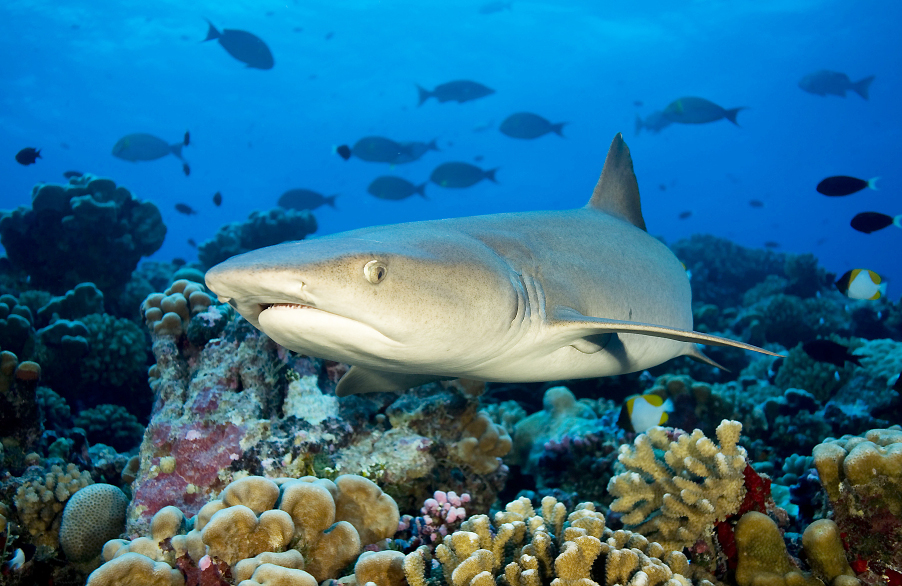
“Come meet more of my friends,” declares Kevin, his high voltage grin promising another adrenaline rush. We pass surfers exclaiming joyously. The incandescent water is so gin- clear, every ripple on the sandy bottom appears exaggerated. Suddenly, a carpet of stingrays envelops us, and, as if greeting a sweetheart, one of the jelly-bodied giants leaps up to kiss Kevin, wings flapping flirtatiously. We cram fish into gills and are almost subsumed by the flotilla of rays clambering onto our backs and stomachs.
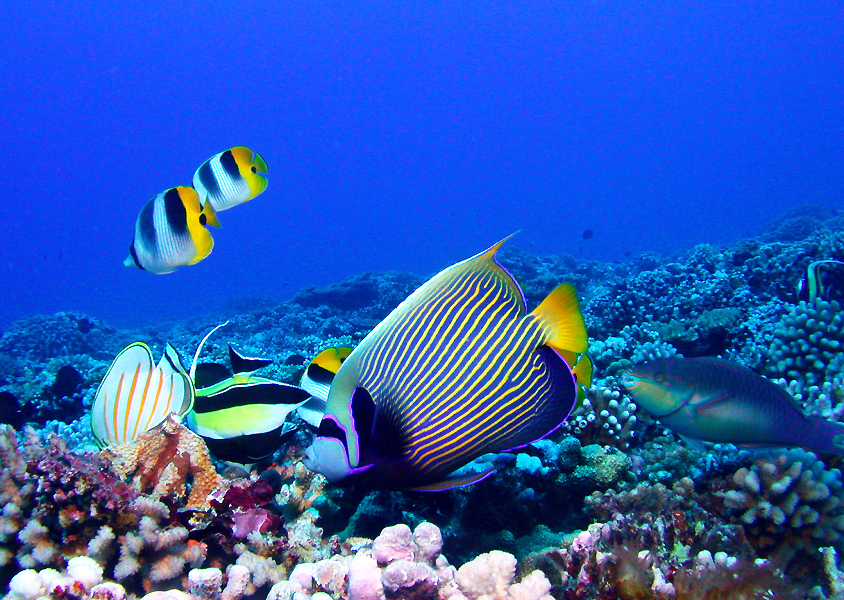
Who needs aquariums when, in Tahiti and the islands of French Polynesia, as soon as you immerse yourself in electric blue water, you’re surrounded by marine melodrama, literally within arms reach. Tahiti is renowned for its propensity to coax visitors beyond their comfort zone. In this archipelago of more than 100 islands splashed across an area larger than Europe, mass tourism has been averted, ensuring that scene-scapes still echo the Garden of Eden that has seduced countless artists, writers and adventurers for centuries. Whilst the name Tahiti (‘Tahiti’ actually refers to French Polynesia’s gateway island) most readily conjures images of romance and heady escapism, the unsung surprise is that this legendary South Seas haven also has so much to offer families, especially those with older children.
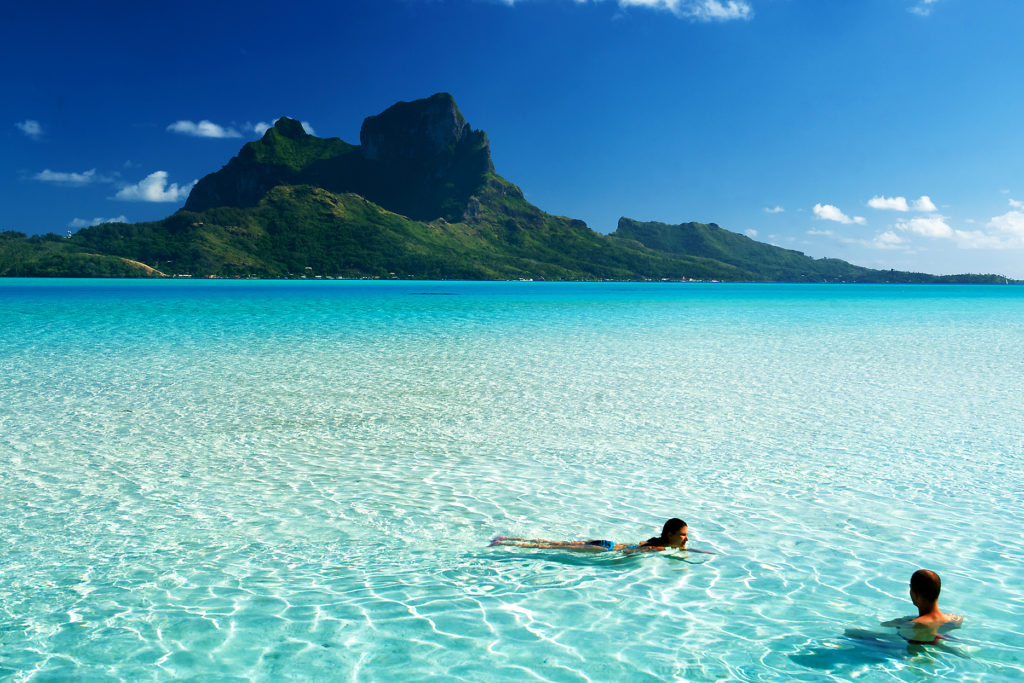
It’s at Bora Bora that the eutopic visions are at their most vivid: dominated by jackknifed peaks, ringed by layer upon layer of dazzling hyper-blue lagoon, speckled with sugar sand motus (tiny sandbanks), the jolt- inducing vistas overlooking every move. This iconic island is home to French Polynesia’s only resorts featuring fully fledged Kids Clubs. Both the Bora Bora Four Season’s Resort and the uber-luxe St Regis feature dedicated and very imaginative parallel resorts where kids castaway in fine style—think private beaches, ice-cream parlours, interactive marine biology activities, fitness programmes, underwater treasure hunts, cooking and kite-surfing lessons and traditional arts and crafts activities, for starters.
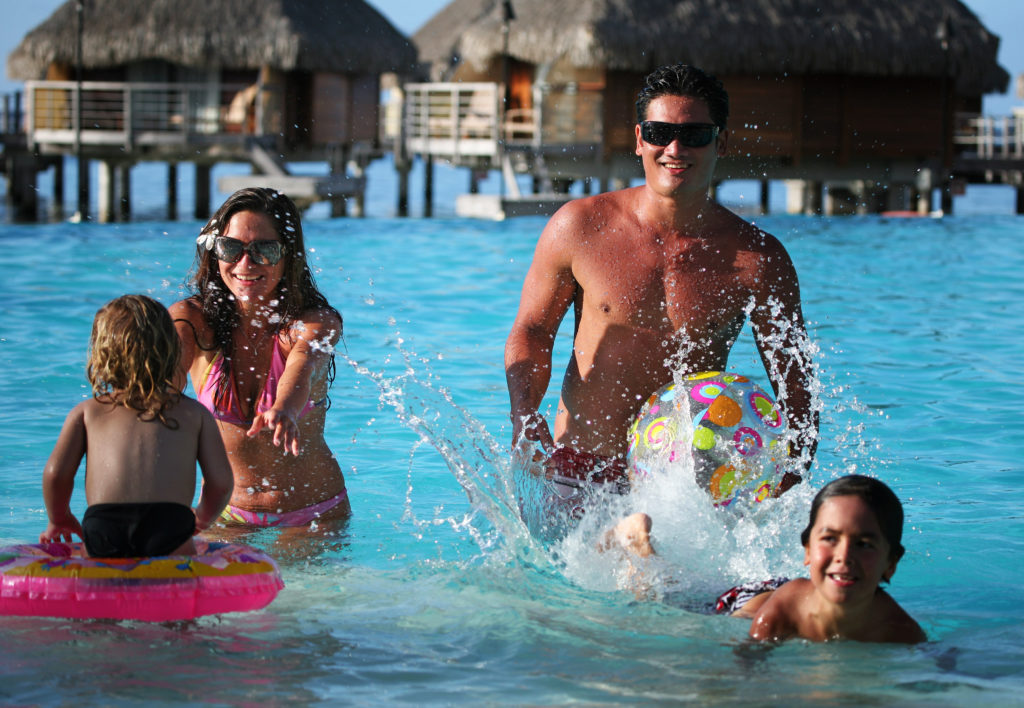
Sunday is very special here, for Bora Bora’s church choirs are widely hailed as the most soulful in the Pacific. Mass is as much a social as a religious ritual; children play on the lawns and after the service, an almost pantomime atmosphere prevails. Too often unjustly bypassed as a transit stop, the main island of Tahiti is fringed by empty beaches, superb snorkeling on healthy reefs, exciting surf breaks, glorious hikes into mist shrouded mountains and volcanic craters, and, on a more urbane note, a sprinkling of galleries, informative cultural centers and museums. Visiting Tahiti is all about feeling unfettered, and fittingly, the most carefree way to explore is to self-drive. Roads are in good condition, routes are well sign-posted and driving on the opposing side of the road soon becomes second nature.
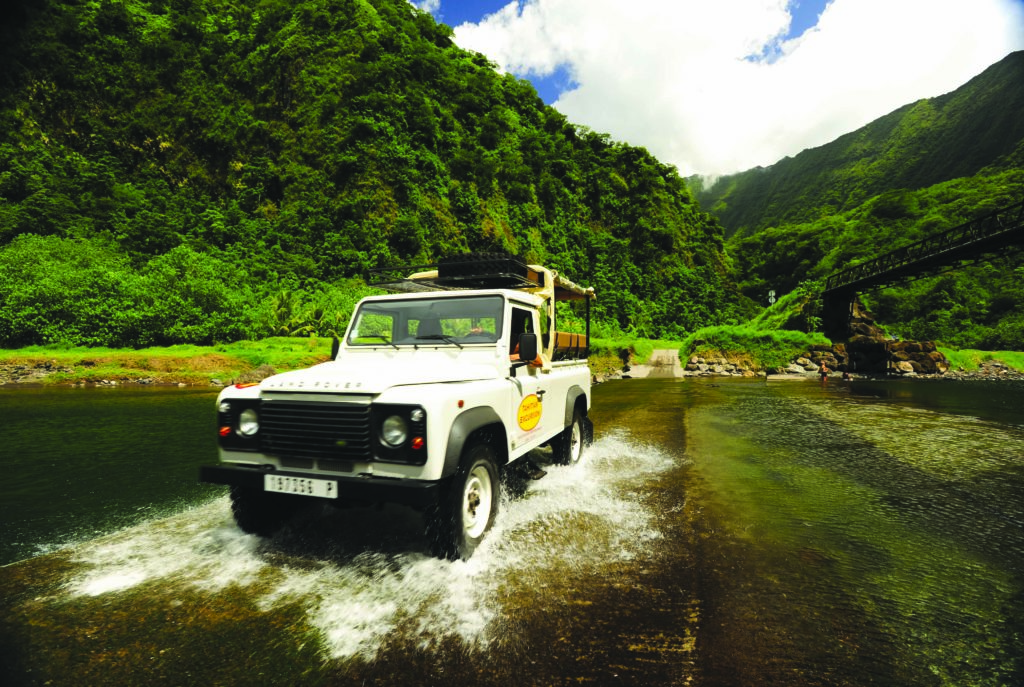
Each archipelago in French Polynesia is imbued with its own language, cultural nuances and distinct visuals. French, Spanish and English ‘explorers’, Chinese traders, and missionaries have all left their mark—most poignantly on the faces of the locals and most notably on the main island of Tahiti. Just a 30-minute ferry ride from Pape’ete and captivating for its blend of avante-garde and rustic is Moorea, which, along with Bora Bora and Tahiti, is part of the volcanic Society Islands archipelago, distinctive for its rumpled mountains which leap theatrically out of the prettiest, palest turquoise lagoons.
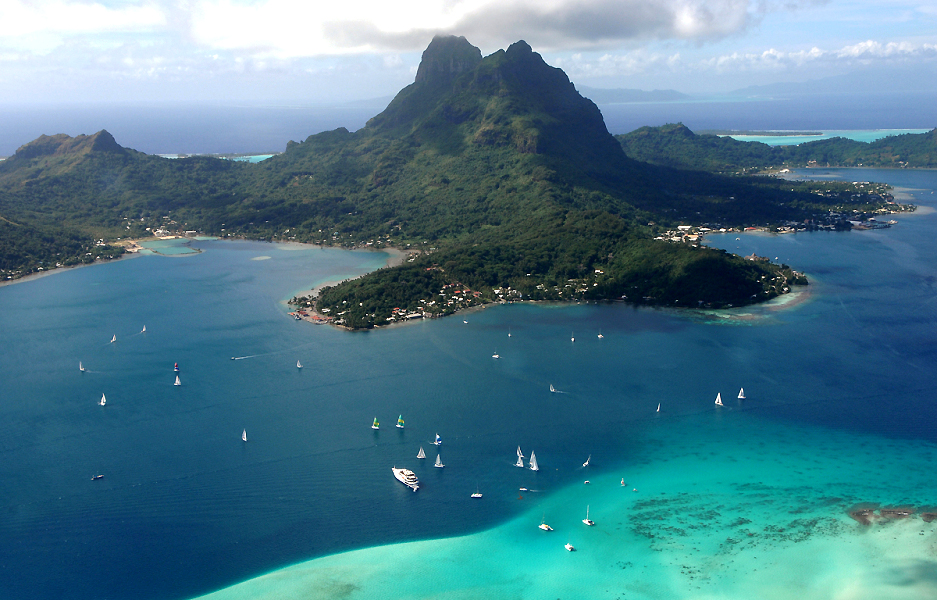
Compact, and ringed by stunning white sand beaches overhung with pandamas palms, Moorea is best savoured spontaneously. As in Tahiti, self-drive is the ideal option as there’s one tarred road encircling the island and no end of jaw- dropping spots to stop. We set off to explore, hoping to take in a mountain walk and the eyes-agog views, but this most dashing of coastlines proves way too magnetic. After buying tropical fruit from a roadside stall, we walk through thick groves of coconut palms to a deep swimming channel. Fishermen glide by in dugout canoes. Moorea’s east and south coast is the most untouched and is sprinkled with affordable, stunningly located pensions—low-key, family run accommodation which offer much more opportunities to meet locals than occurs at larger resorts. Most Pensions have bikes for guests to use—perfect for this mellow part of Moorea.
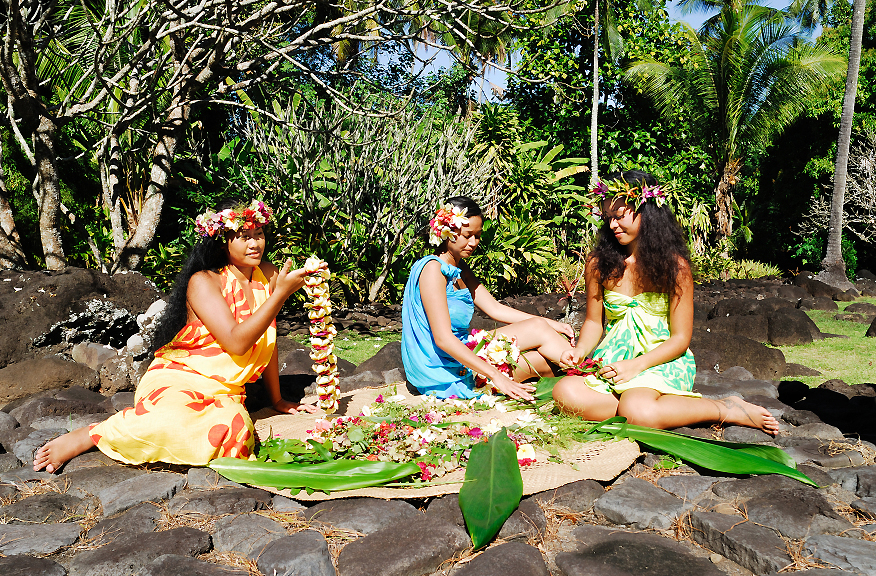
Shark and ray feeding trips, as well as snorkelling possibilities abound on Moorea and can be booked from hotels. Between July and October, whales come close to shore. Horse riding trips, which start in Moorea’s valleys and culminate with a beach ride are another rarefied pleasure here. We return from patting turtles and gliding in the lake-still lagoon, to find seabirds perched on our balcony and that most soothing of soundtracks—ocean thrashing reef—cranked up very loud. We’re a reminder that the simplest of pleasures also can also be the most deeply affecting.
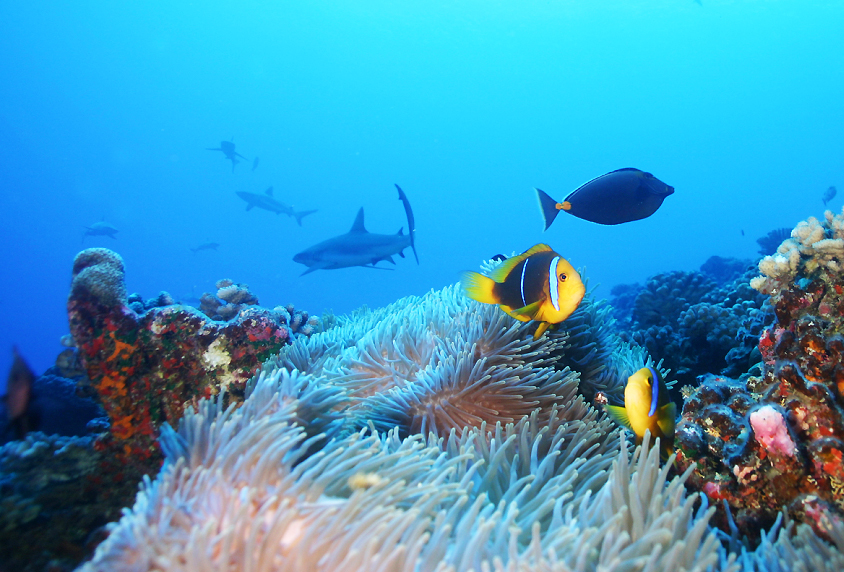
Also read: Serenity in the Solomon Islands

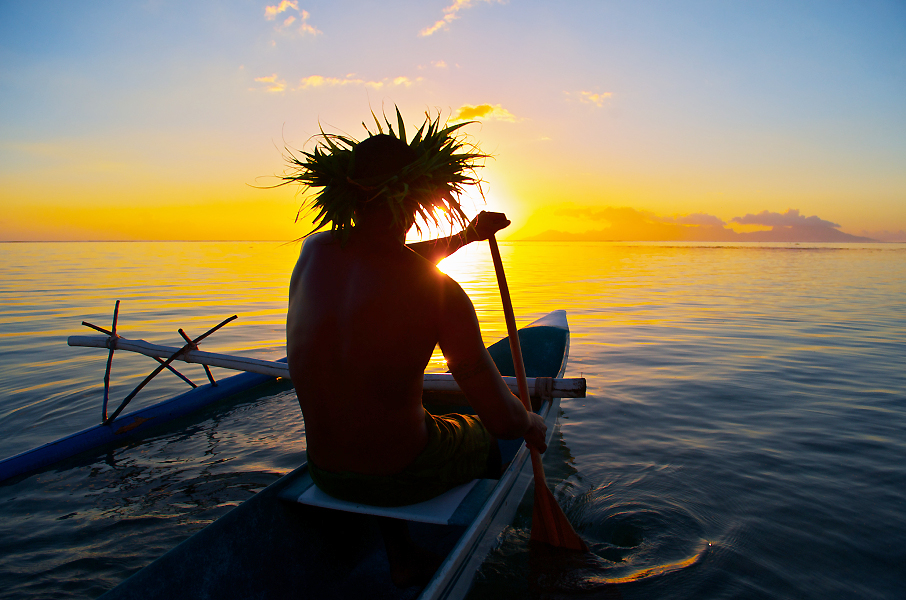
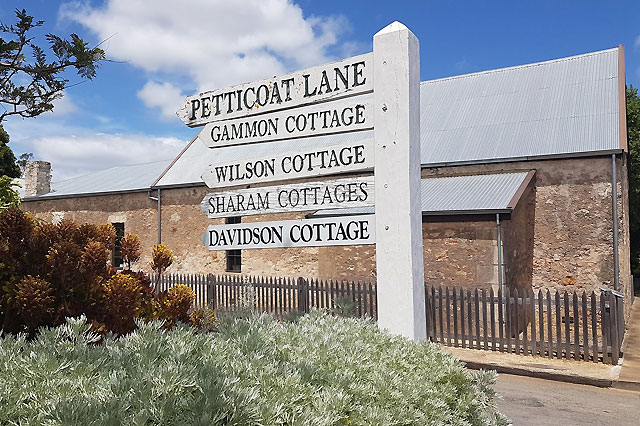
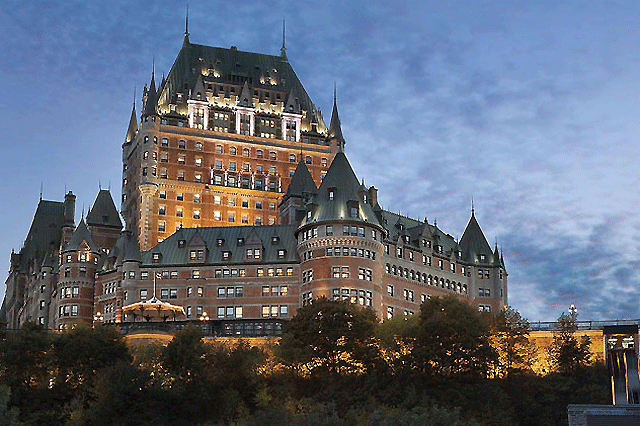
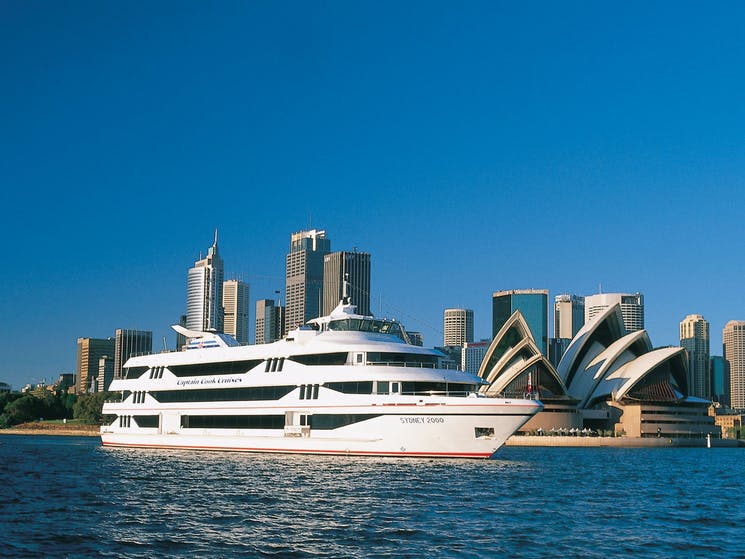
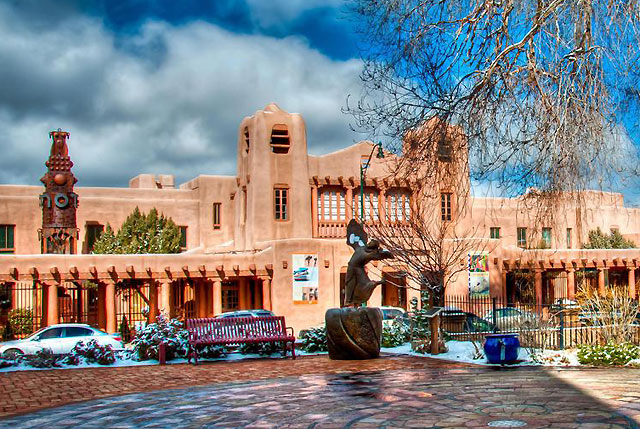

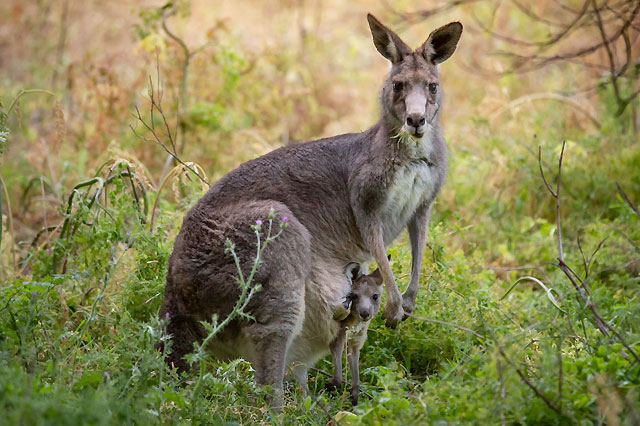
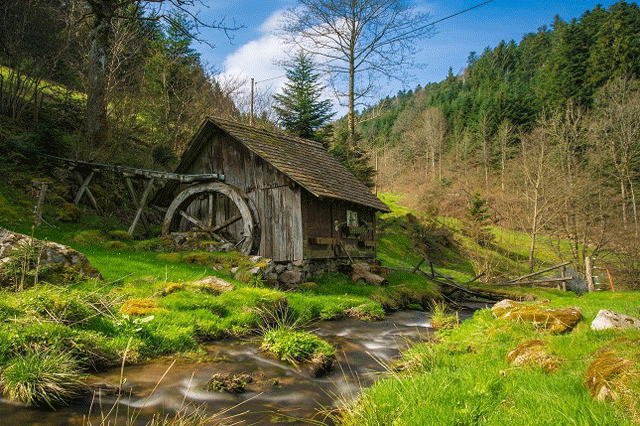
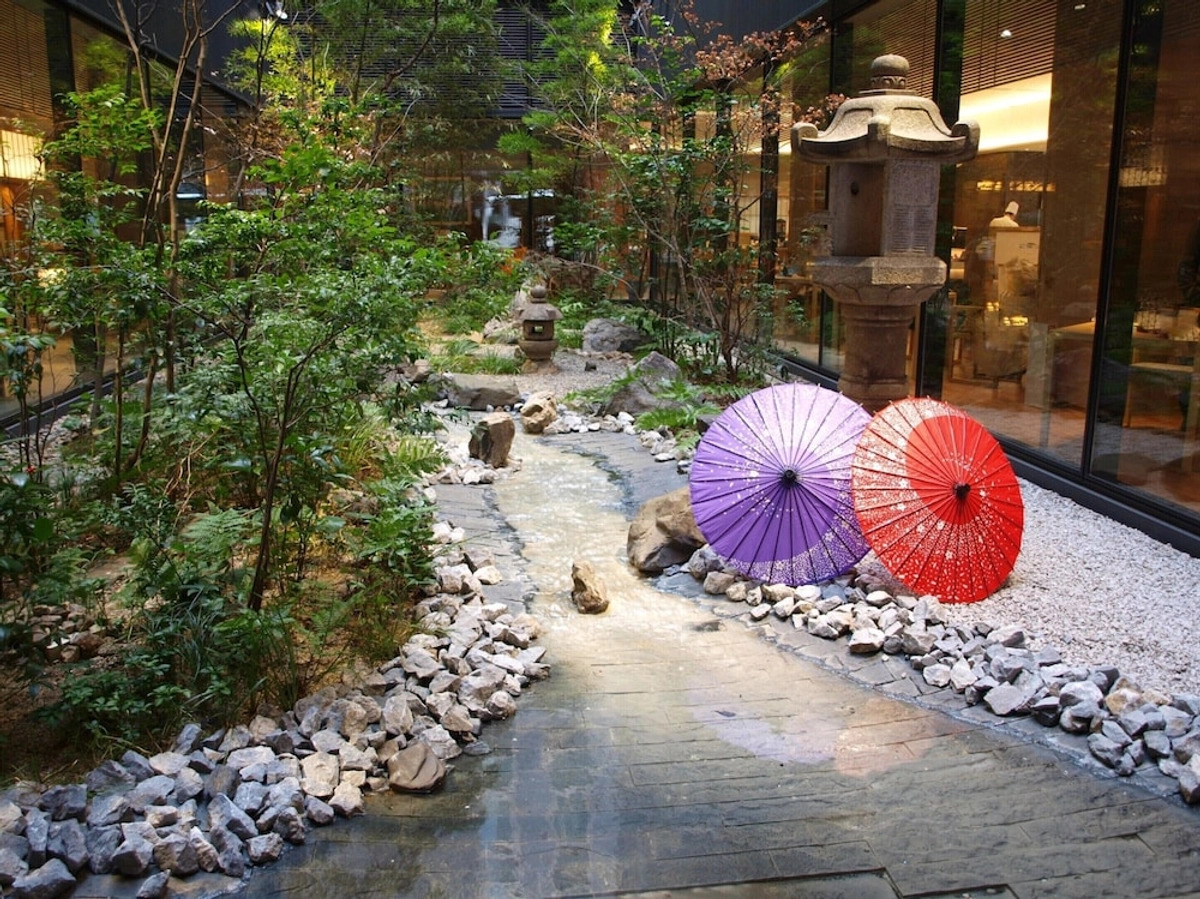



Recent Comments